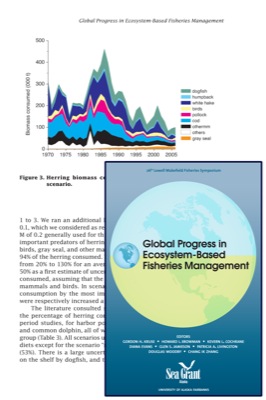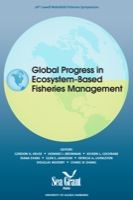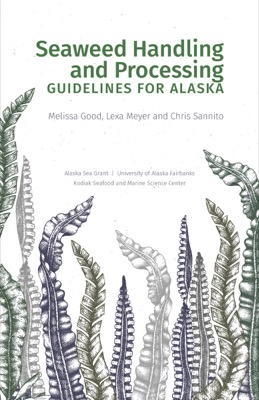
Multispecies Age-Structured Assessment for Groundfish and Sea Lions in Alaska
K.F. Van Kirk, T.J. Quinn II, J.S. Collie, and Z.T. A'mar
- Price: $2.50 Sale: $0.00
 This is part of Global Progress in Ecosystem-Based Fisheries Management
This is part of Global Progress in Ecosystem-Based Fisheries Management| Format | Price | |
|---|---|---|
| PDF download [1.3 MB] Bypass cart and download |
Free | Add to Cart |
Description
The current push toward ecosystem-based fisheries management, in conjunction with the limited application of current multispecies models in that context, outlines the need for a more holistic approach that explicitly includes age-structured species interactions. To meet this need, a multispecies age-structured assessment model (MSASA) for the Gulf of Alaska was expanded from three species: arrowtooth flounder (Atheresthes stomias), Pacific cod (Gadus macrocephalus), and walleye pollock (Theragra chalcogramma), to include two major high trophic level predators as external inputs: Pacific halibut (Hippoglossus stenolepis) and Steller sea lion (Eumetopias jubatus). Inclusion of the large predators resulted in increased predation on older prey ages, including those fully recruited into the commercial fishery. Significant changes to trophic structures and predation linkages from the core model were observed. Estimation of residual natural mortality M0 was achieved through modification of survey selectivity curves and survey catchability Q values from the core model. Predation mortality, survey selectivity, and M0 are confounded in their relationship to determining cohort structure. The MSASA model structure is able to track complex population dynamics, but variability in parameter estimates makes clear the need for improved stomach data.
Item details
- Item number: AK-SG-12-01h
- Year: 2012
- DOI: https://doi.org/10.4027/gpebfm.2012.08



